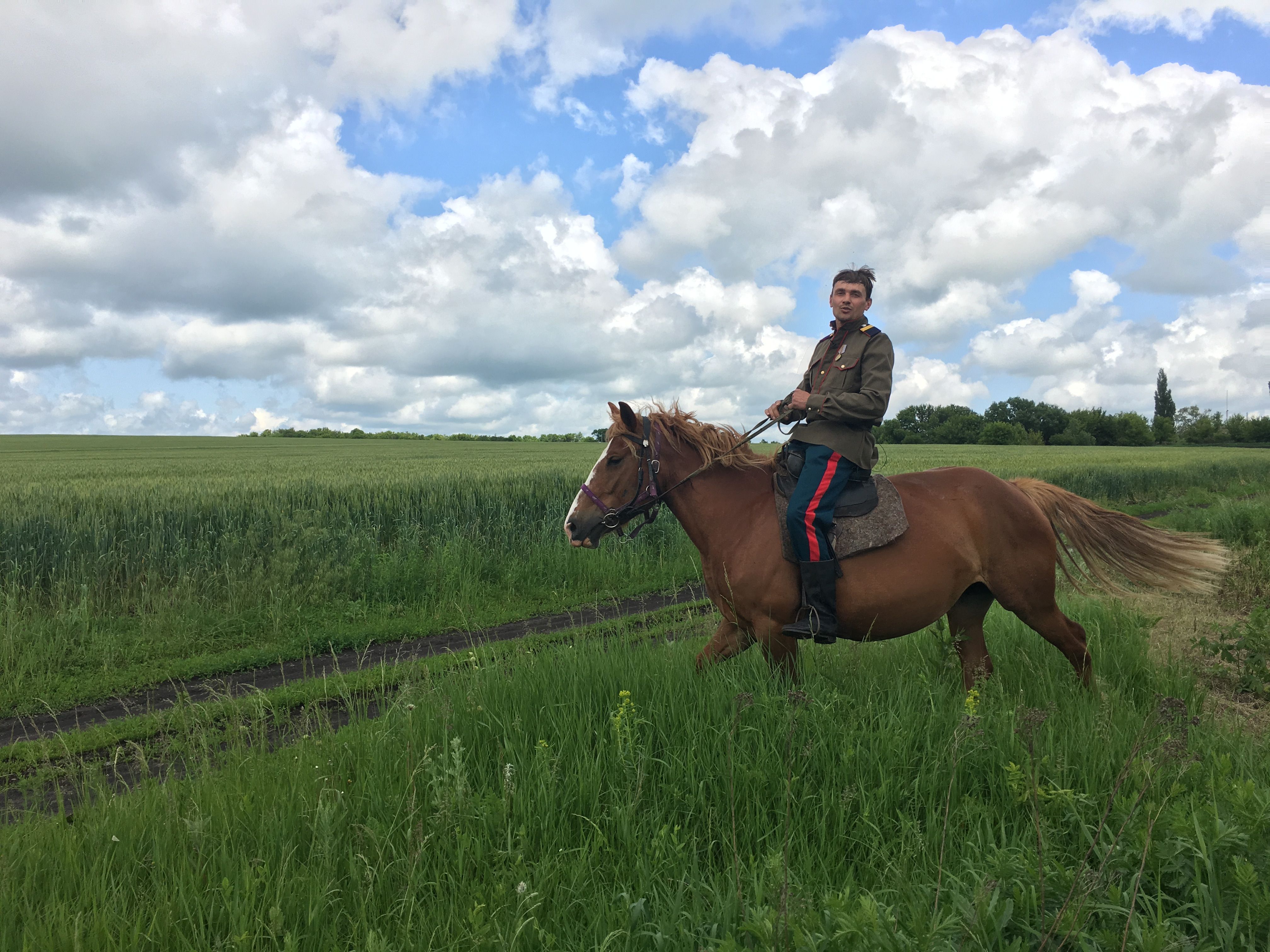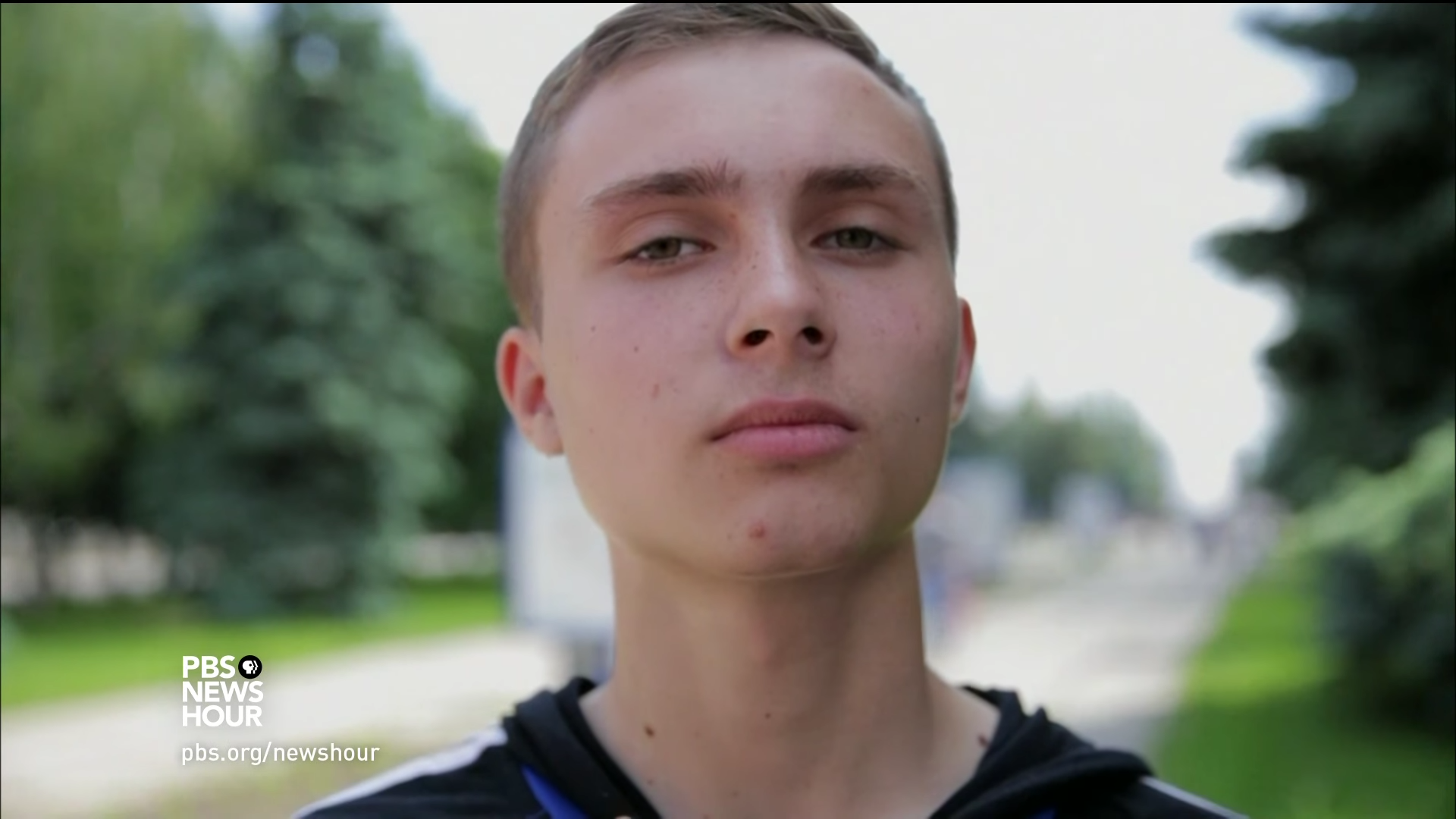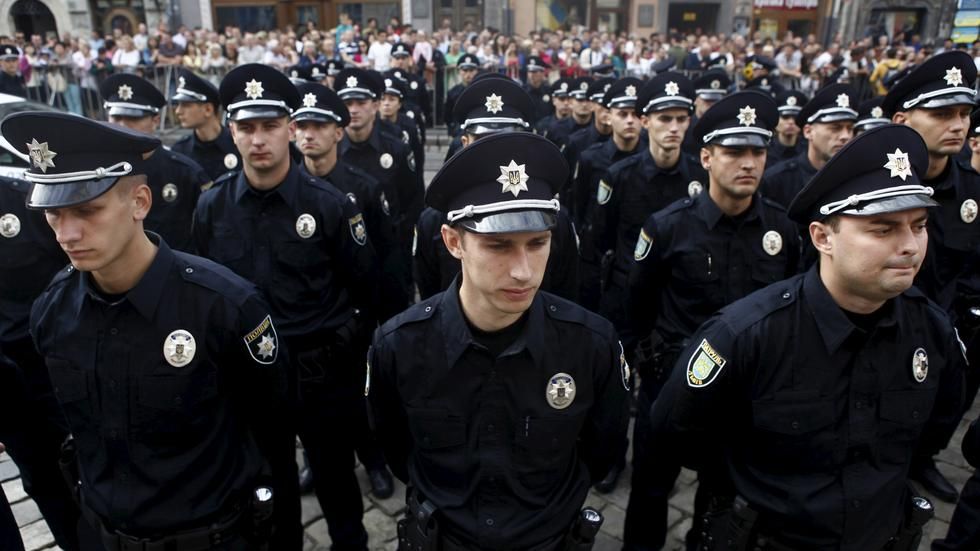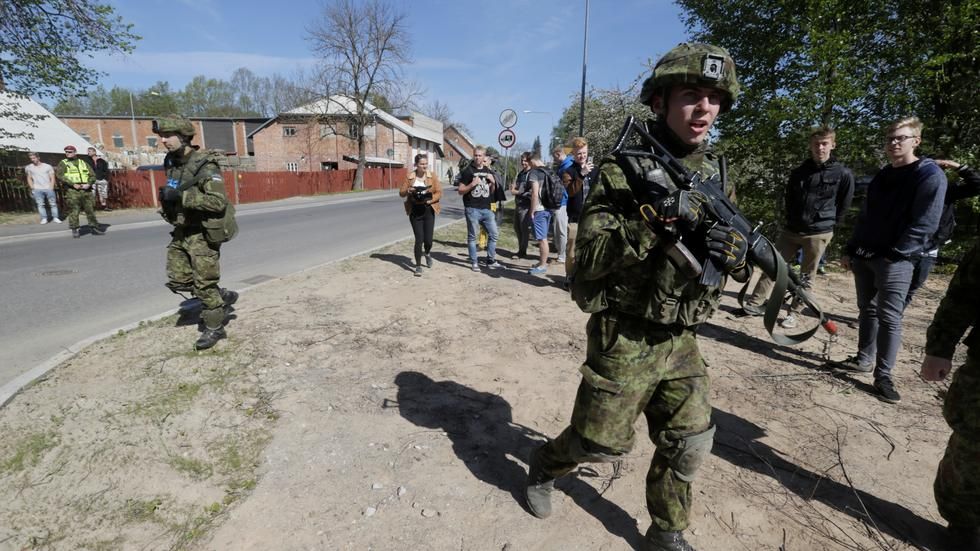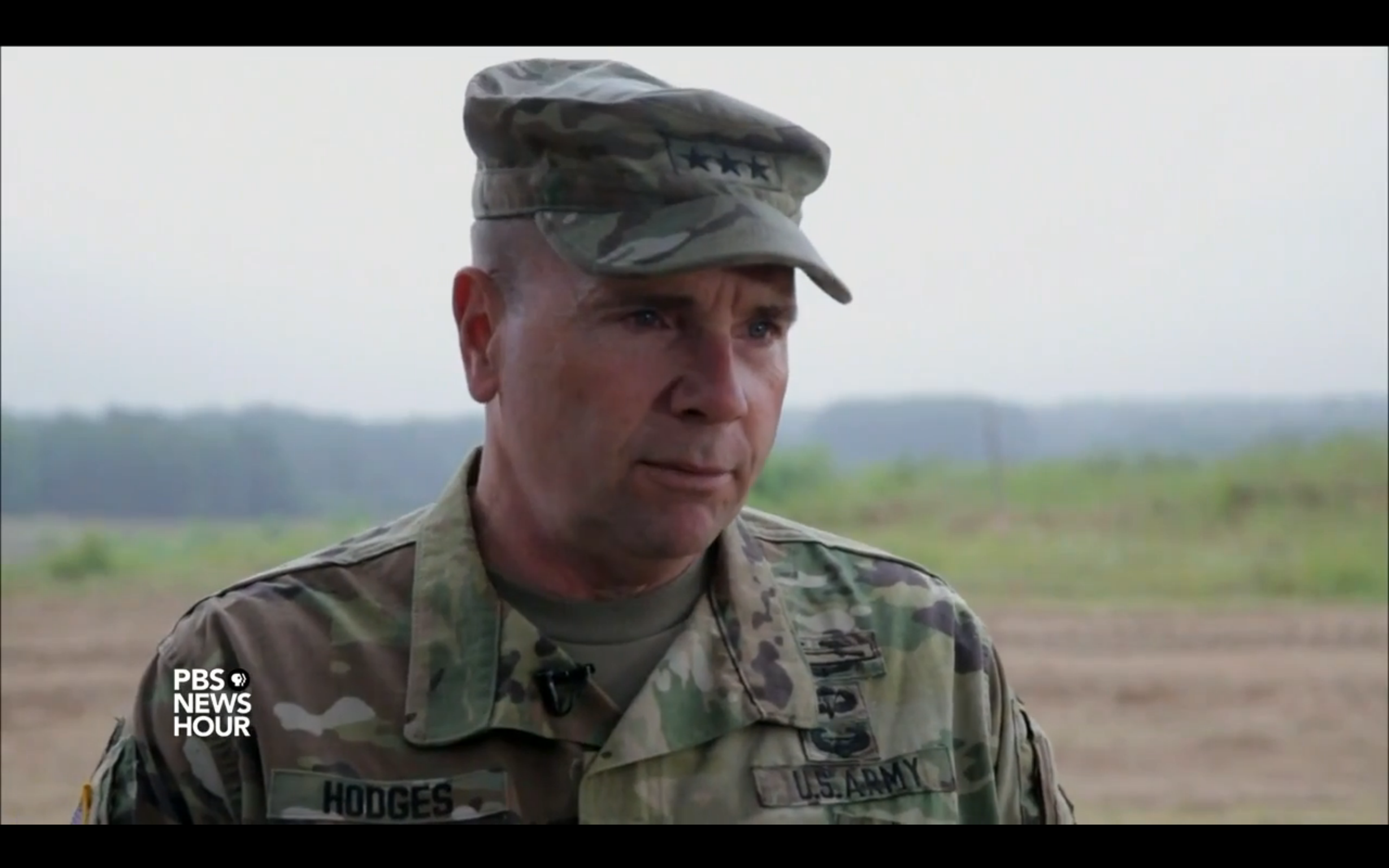Objective:
You will be able to analyze how authors analyze and explain a conflict involving three Eastern-European countries and an alliance of 28 countries (NATO) in order to create visual aids and briefs that explain the conflict to different stakeholders
Warm-up:
Today’s lesson explores a conflict that involves multiple stakeholders, or entities with a strong interest in something. Some of the stakeholders are countries and some of the stakeholders are communities. All players in this conflict want something, and for each country to get what it wants, it may mean that another country does not get what it wants. Before exploring this conflict, write your responses to the following questions.
- Think back to major conflicts that you have experienced or witnessed in the last year. Can you think of one that involved more than one person? Write down a brief summary of 2-3 of those conflicts that explains who was involved and what each person wanted.
- Consider, what was at the root of the conflict? What were you and the other stakeholders arguing about? Did you choose to compromise? Why or why not? Be prepared to share at least one conflict with the class.
- What is the worst conflict your community/country has faced?
- What are the current impacts of that conflict?
- Part of the conflict you will study today is connected to one community’s desire to leave one country and declare allegiance to another.
- Why might a group of people want to secede from a country?
- What could be the consequences of that locally? What could be the consequences globally?
- What would it take for you to want to leave the country that you are a part of? What barriers might you face?
- Another element of the conflict you will study today is connected to the Cold War. Before continuing with this lesson, be sure to review the following:
- What is the Cold War?
- What is the North Atlantic Treaty Organization (NATO)?
- What is the Soviet Union? When was the fall of the Soviet Union and what were the impacts?
Introducing the Lesson:
Today’s lesson investigates Nick Schifrin and Zach Fannin’s project “Cold War Fault Lines,” a four-part film series. Before watching, write your responses to the following prediction questions:
- What could be at the root of the conflict?
- What countries might be involved?
Read the project description attached and answer the accompanying questions. As you read, notice the following:
- How do the authors introduce the the project?
- In what order do they introduce different stakeholders?
- What questions do you still have after reading the description?
Introducing the Resources:
Today’s lesson involves multiple stakeholders. As you review the resources attached, do the following for each resource:
- Answer the questions that accompany the article.
- Keep track of how the authors unfold how each stakeholder is connected using a table like the one below:
|
Stakeholder |
Wants |
Barriers |
Notes |
|
Donetsk People’s Republic |
|
||
|
Ukraine |
|
||
|
Russia
|
|||
|
NATO (North Atlantic Treaty Organization) |
|||
|
Estonia |
|||
|
Poland
|
Resource 1: Desire to Break Free from Ukraine Keeps Devastated Donetsk Fighting
Resource 2: Ukraine Fighting on Two Fronts: Russia and Corruption
Resource 3: For Tiny Estonia, Deterring Russia Requires Major Backup
Resource 4: U.S., NATO Troop Buildup in Eastern Europe to Counter Russians Is Largest Since Cold War
Discussion:
- What is sticking with you from the series?
- What questions do you still have after watching all four videos?
- What do you think is the main idea the journalists are exploring in this series?
- Why do you think the journalists chose to include the details they chose to include?
Extension Activities:
1. Create a visual representation of the conflicts described in the series “Cold War Fault Lines.” Use details from Schifrin and Fannin’s reporting to create images that illustrate the different conflicts explored in their project. Each image should represent a distinct conflict.
2. Write policy briefs from the following perspectives of the following stakeholders that use details from the project “Cold War Fault Lines” to explain the conflicts described in the project, and the position that stakeholder should take:
- United States
- Russia
- Estonia
3. Write a short essay that analyzes how the conflict described as part of Schifrin and Fannin’s project directly connects to your community. As part of your letter, be sure to do the following:
- Use details from the project to outline the conflicts explored in the project “Cold War Fault Lines.”
- Explain how this conflict connects to your country and how it could impact your community.
- Outline how you think your country should engage with the conflict and use details from the project to explain why your country should take the actions you outline.
The following lesson plan uses writing and discussion to explore Nick Schifrin and Zach Fannin’s project “Cold War Fault Lines.” The four-part film series looks at growing tensions in Eastern Europe by analyzing the impacts of growing military activity from NATO and non-NATO countries on the borders of Russia, Ukraine, Estonia and Poland. Students analyze how the authors unfold the conflicts explored in this series in order to create visual aids and briefs illustrating the conflicts outlined in the films.
Determine an author's point of view or purpose in a text and analyze how the author acknowledges and responds to conflicting evidence or viewpoints.
Lesson Facilitation Notes:
1. The lesson plan is written for students to be able to explore the resources independently and reflection exercises independently.
2. Students may need to have an extra sheet of paper, or a blank online document open, to answer the warm up, comprehension and extension questions.
3. The lesson lists several extension exercises. Students could choose one or work through all of the listed exercises.
4. The warm up and post-reading reflections in this lesson could also lead to rich conversations. You may want to work through the lesson along with the students and denote moments for interactive activities.
5. With questions about this lesson, contact [email protected].
